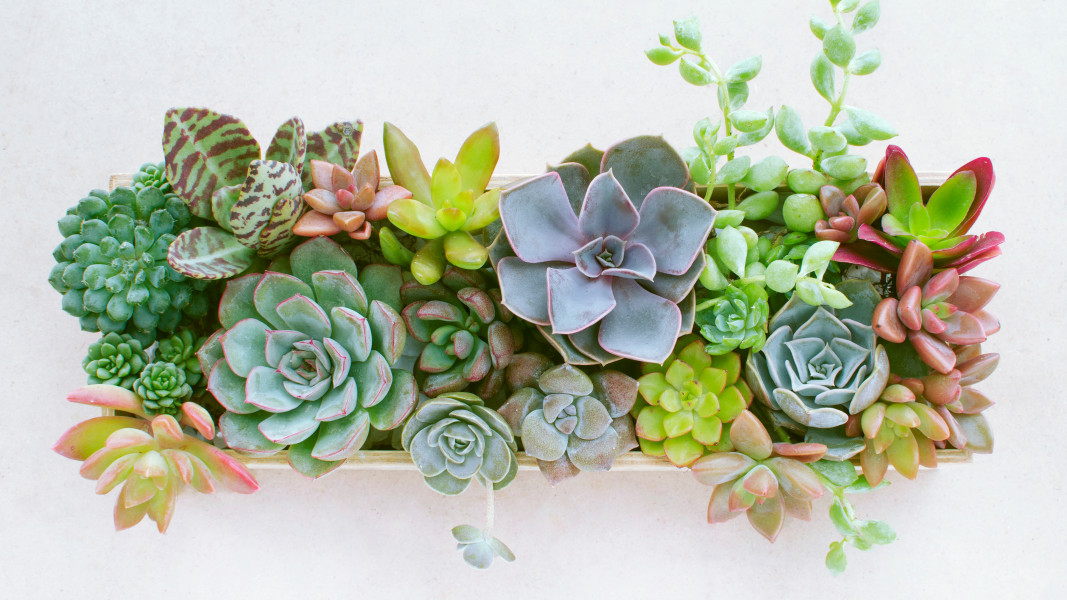Most Common Types of Succulents
Cacti
Cacti are succulent plants that usually have spines and thick, fleshy stems or leaves adapted to store water in arid climates or soil conditions. They come in a variety of shapes, sizes and colors from the small pincushion cactus to the towering saguaro cactus. Most cacti require bright light and infrequent watering. With proper care and protection from extreme temperatures, cacti can thrive for years indoors or outdoors!
Sedum
Sedums are succulents with fleshy stems and plump leaves that store water. These succulents have a rosette-like shape and come in a variety of colors from green to pink and purple. Sedums are drought-tolerant succulents that require bright light, porous soil, and infrequent watering.
Echeveria
Echeveria succulents are rosette-forming succulents with fleshy, curved leaves and colorful patterns on their surfaces. These succulents are low-maintenance plants that thrive in well-draining soil and bright light. They require regular watering but can handle some drought too!
Haworthia
Haworthia succulents have small, geometric shapes and thick windowed leaves that store water. They come in a variety of shapes, sizes and colors from green to pink and purple. These succulents are low-maintenance plants that require indirect light, infrequent watering and porous soil.
Crassula
Crassulas are succulents with fleshy leaves, stems or roots adapted to store water in arid climates or soil conditions. These succulents come in a variety of shapes and sizes from the small jade plant to the larger money tree plant. Crassulas thrive best when given bright light, regular watering and well-draining soil.
Succulents Care Tips
Light
Most succulents need at least six hours of direct sunlight each day; if you’re growing succulents indoors, place them near a window or other source of bright light.
Watering
Succulents generally do not need to be watered frequently; instead, wait until the soil is dry before watering again. Be careful not to over-water succulents as this could lead to root rot and other issues.
Soil
Succulents require well-draining soil that won’t retain too much moisture. If you’re planting succulents in pots, use a succulent-specific potting mix or create your own with two parts sand and one part potting soil.
Temperature
Succulents can handle a range of temperatures but thrive best when kept between 60-80°F. Avoid subjecting succulents to temperatures outside this range as it can cause them stress and damage.
Benefits of Succulents
Succulents are easy to care for plants that add life and color to any space. These plants don’t require a lot of water or maintenance, making them ideal for busy homeowners or those who travel frequently. They’re also known to purify the air by removing harmful toxins from your home, which has been linked to improved physical and mental health!
In conclusion, succulents come in a wide variety of shapes, sizes, colors and textures; there’s something for everyone! With proper care and protection from extreme temperatures, succulents can thrive for years indoors or outdoors. Not only are succulents beautiful and easy to care for, but they also offer many health benefits such as air purification and improved physical and mental health. So why not bring a little bit of nature into your home with succulents?

